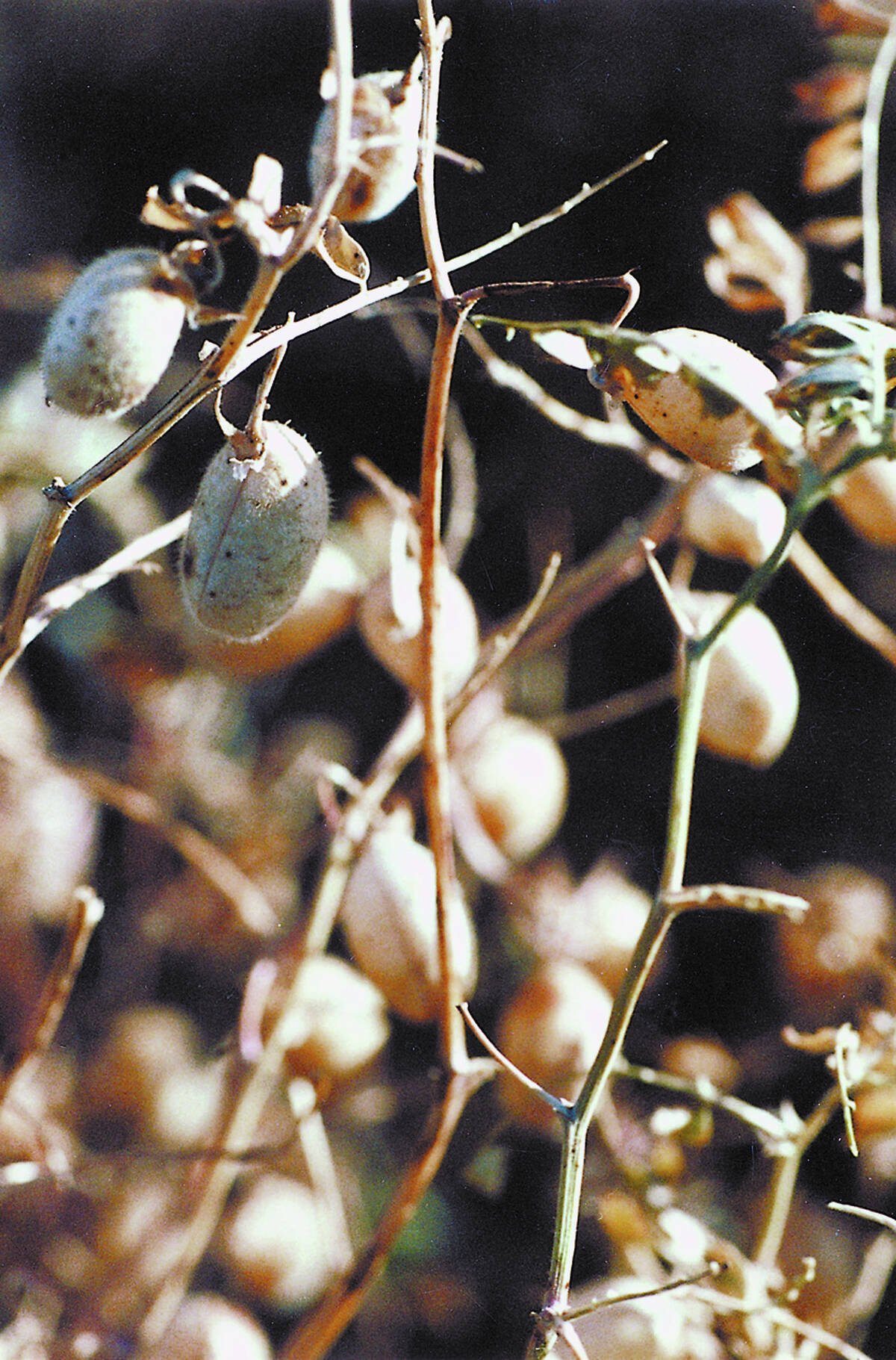June 29 was a good day for Canadian farmers.
Canola and spring wheat prices rose and the outlook for feed grain prices cooled following the U.S. Department of Agriculture seeded acreage report.
Earlier in the week Statistics Canada reported Canadian farmers had planted a record large canola crop, larger than what had been expected. That would normally pressure prices lower, but canola futures finished the week higher thanks to the USDA report and strong oil prices.
The USDA report also kept the wheat rally rolling and reduced the pressure on livestock feeders because of its optimistic outlook for increased U.S. feed grain supply.
Read Also

Low-quality chickpeas in abundance this year
There are plenty of low quality chickpeas to move this year but the pet food market is already oversupplied with product.
The corn situation is set out in the news story on page 13 so let’s look at the wheat situation. Minneapolis wheat futures were having trouble getting above $6.25 US per bushel, but they blew past that signpost following the June 29 USDA seeded acreage report.
The next question: can wheat prices climb to the lofty peaks of $7.44 per bu. touched at the Chicago Board of Trade in the spring of 1996?
The answer is yes, particularly for spring wheat prices, if production problems continue to mount around the world.
Conditions have improved somewhat in the United States, allowing the winter wheat harvest there to pick up speed, but the rain just won’t go away.
For example, Oklahoma City received rain 16 days in a row as of June 29. Harvest reports from Kansas show great divergence in yield and quality depending on the location.
Rain has also become a problem in Europe where harvest is about to begin in France and Germany.
Dealers told Reuters News Agency that rain was delaying harvest in France, Germany and Britain, prompting yield and quality concerns, with the market already extremely tight after drought devastated crops in eastern Europe.
“Talk about the first wheat harvest around La Pallice is that it is not good, really not good,” one trader told Reuters, referring to an early harvested region in western France.
Traders also noted that delays to barley and rapeseed harvests in France could push back the wheat harvest.
With all these problems in winter seeded wheat, the pressure is growing to produce a large, quality spring wheat crop.
The USDA and Statistics Canada reports showed that spring wheat acreage is lower than expected in both countries.
The spring crops are doing well in both countries, but a surplus of moisture raises the danger of plant disease.
On the day of the USDA report, as The Western Producer went to press, Minneapolis spring wheat prices held on to their gains, but Kansas and Chicago futures dipped, likely in sympathy with falling corn, which has been dropping for a couple of weeks on improved Midwest weather and, now, large acreage.
But if the corn belt again turns dry and the price of the yellow grain rises, it will again support wheat.
Turning back to canola, it should receive good price support for the next several months because the market will have to “buy” soybean acres in South America to ensure the world has an adequate supply after a much reduced U.S. crop.














